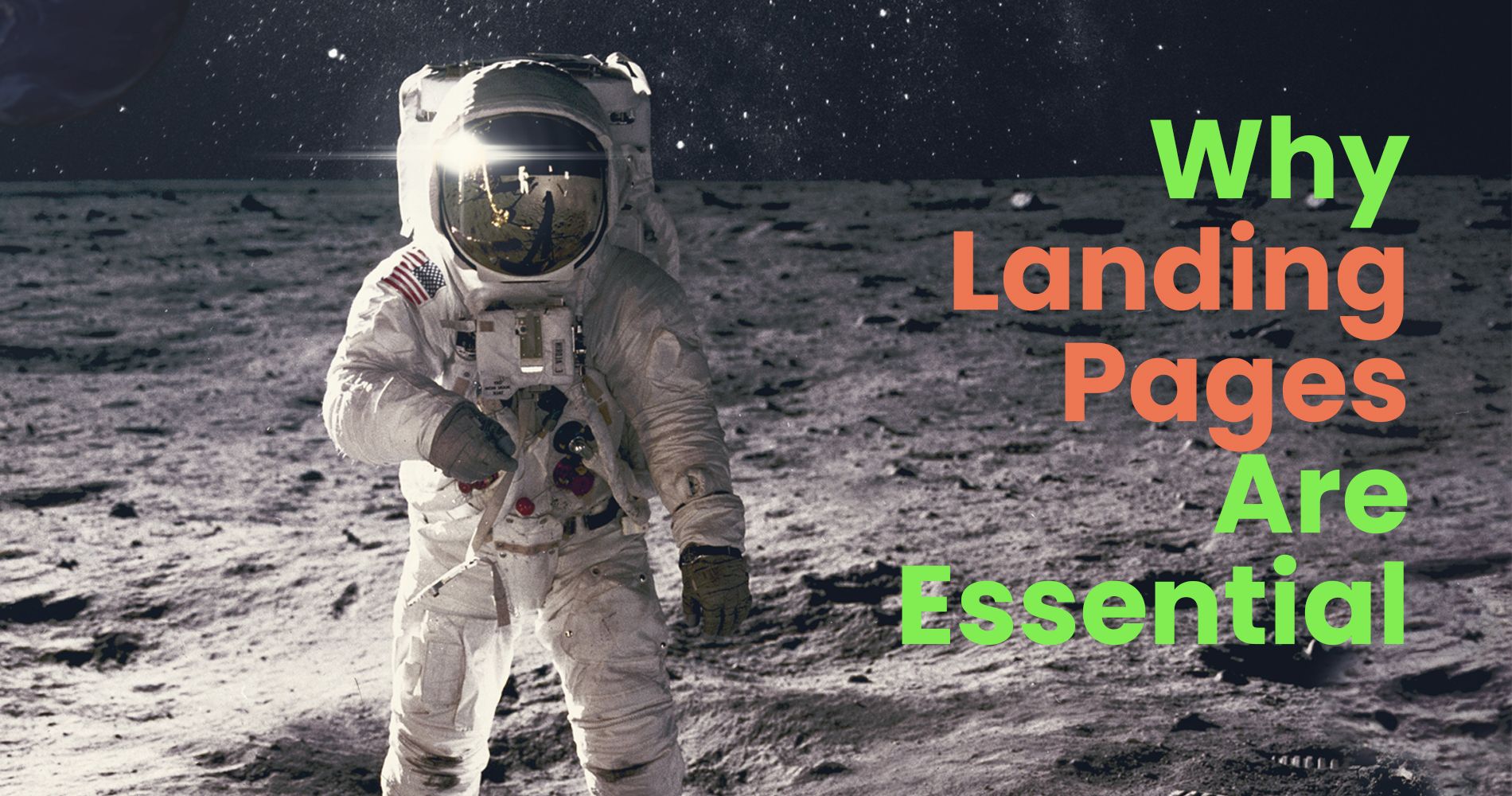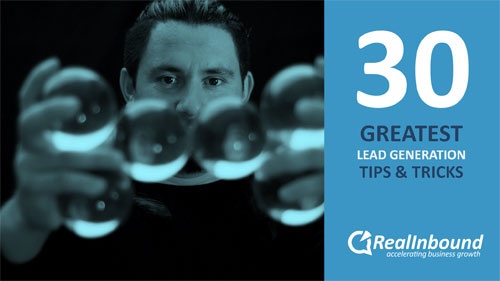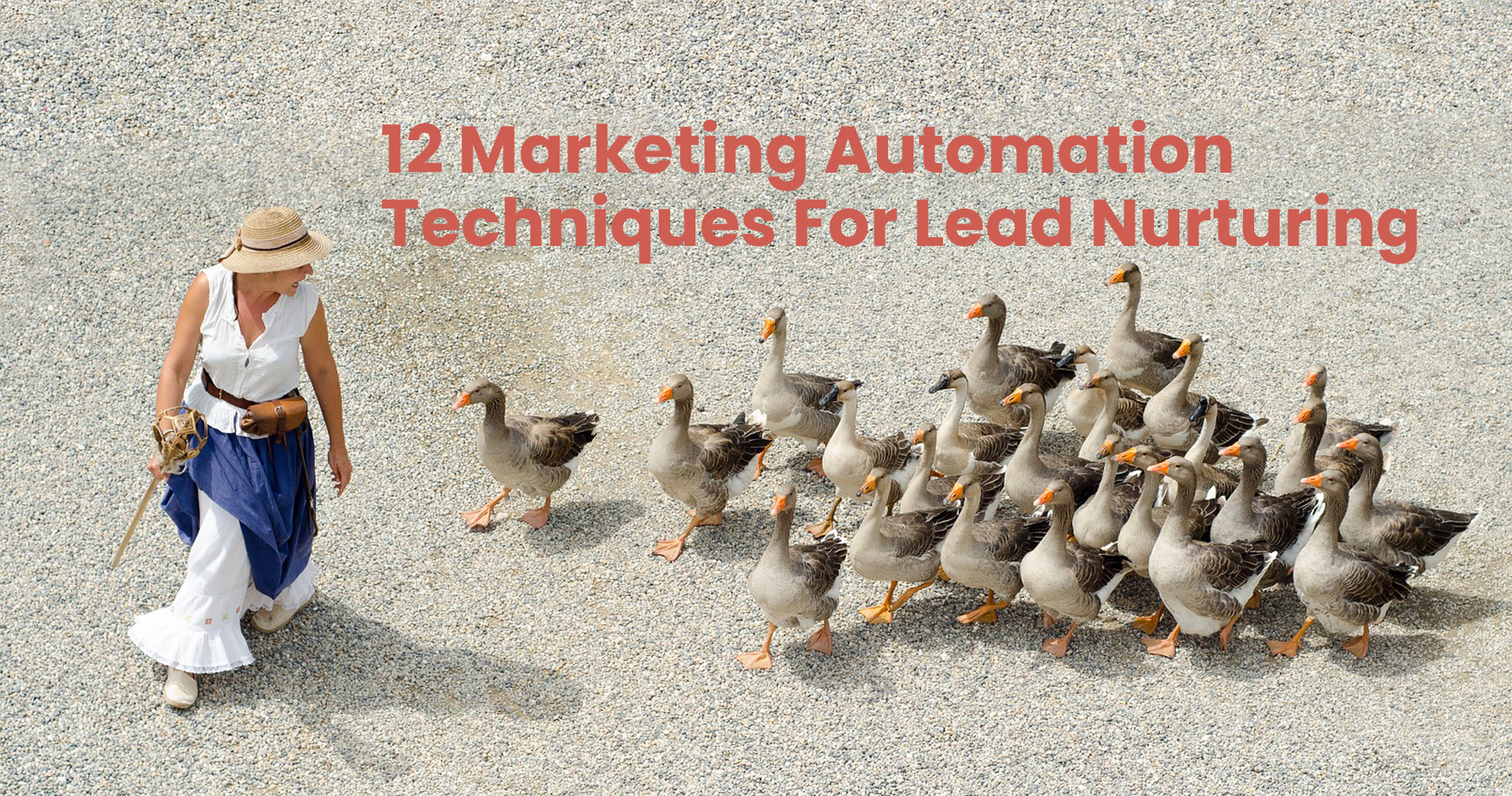Anything - anything at all - can be an inbound marketing freebie when it's done in the right way. Any savvy marketer knows that if you're going to put all kinds of hard work into getting people to your website, then you need to cash in on them somehow and turn them into leads for your business. One of the best ways to convert a visitor is through Landing pages. Yeah, you heard that right!
Not all websites are effective in communicating your value, but when you have an effective landing page, you're communicating your value effectively.
Marketing is more than getting traffic to your site. If you do this, and you don't convert that traffic into customers (or leads), you're not doing your job! Great landing pages convert overall traffic and visitors into leads. These lead capture pages are becoming more important as marketing channels become more crowded, and consumers become more demanding. A recent statistical report showed that the average consumer expects a response within a minute or two.
Despite this, landing pages are often overlooked when it comes to marketing. Landing Page Handbook (2nd edition) by MarketingSherpa reports that 44% of clicks for B2B companies are directed to the companies' home page and not an individual landing page. Additionally, 62% of B2B companies use fewer than six landing pages on their website.
Lead generation relies on landing pages, but they are often underused. As MarketingSherpa reports, many organisations do not use landing pages due to a lack of knowledge or a heavy workload on their marketing departments.
What are Landing pages?
When you're trying to sell a product or service, you're going to want to capture leads. Landing pages are web pages that allow visitors to enter their information into lead-capture forms (also known as conversion forms). The purpose of a landing page is to create a lead that you can then follow up with. A landing page allows you to capture information about your leads and keep them informed about your product, service, or campaign. When you make a landing page, you'll have a lot of flexibility because you can modify the page and its appearance to suit your needs!
Your landing page should be tailored to a specific audience, such as visitors who clicked on an ad promoting a webinar, or traffic from an email campaign promoting an ebook. Visitors can download content from landing pages (ebooks, whitepapers, webinars, etc.), and take advantage of other marketing offers (free trials, product demos, and coupon codes).
Creating landing pages for your website allows you to target your audience, provide them with value, and convert a greater percentage of your visitors into leads, as well as capture their interests and convert them.
How do Landing Pages work?
Let's go through a simple hypothetical scenario that illustrates how landing pages convert visitors into leads (and re-convert visitors).
You own a professional painting company, and you provide indoor and outdoor painting services. Your business blog features articles about painting tips and tricks. Since you're an inbound marketer, you're always looking for new ways to engage customers. There are also several premium marketing offers you can take advantage of, such as free educational ebooks and no-obligation, no-pressure painting consultations.
Imagine a mother searching for a professional painter to paint her baby's nursery, but first doing some research on colour schemes. While searching Google, she stumbles upon your post "10 Popular Nursery Room Colour Schemes for 2022", which she reads. Your article concludes with a call-to-action (CTA) for one of your offers: a free painting consultation based on the best colour scheme for her nursery. The woman is guided to a landing page where she can sign up for a free consultation when she clicks on the CTA. The offer sounds ideal to her.
Aside from providing additional information, the landing page tells her how to get the free consultation by providing details on the form. By doing so, she is more likely to provide her contact information. After filling out the form, she accepts the offer. You can now follow up with her easily! She will also be happy to hear from you.
Inbound marketing is not the only way to find customers. Another form of marketing is using "outbound" which can include search engine optimisation, email, social media campaigns, pay-per-click (PPC) ads, direct advertising, and word-of-mouth referrals/recommendations. You can hone in on a lead when they follow through by clicking on your calls to action placed all over your site or if they happen to share that link with you directly in any of these other forms of outbound marketing.
Make it easy for potential customers to find your landing pages. Your landing page is your advertising. It's what brings them to your website, and they must be easy to find. There are many different ways that you can advertise your landing pages, such as through email, regular mail, and television. Make sure you have an easy-to-use and memorable URL to bring customers to your webpage. Your webpage should be easy to use and be focused on one goal: helping the customer do exactly what they need to do. For example, if your website is selling a product, you don't want to confuse them just to get them to sign up for your mailing list. You want them to sign up for your mailing list because they want to hear from you.
The 6 Reasons to Have Landing Pages
Despite the huge success landing pages have enjoyed, there is still a mystery regarding their capability of generating leads and marketing? Let us explain.
1. Lead generation made easy!
You can improve your lead generation efforts by utilising landing pages on your website. Many companies send email, social media and search traffic directly to their homepages. This is wasteful. Instead, you should create a landing page specifically designed to capture these leads. You can segment, nurture, or distribute leads created through landing pages easily to your sales team.
2. Put Your Offers in the Right Place:
Landing pages help marketers promote their offers. Your lead generation efforts will not succeed if your offers don't go through landing pages. You can use your website landing page to ask your visitors to provide contact information in exchange for something valuable, such as an offer.
3. Find out about the demographics of your prospects:
When you're marketing online, you're looking to capture leads. When someone expresses interest in your product or service, you must capture their information so that you can communicate with them in the future. One of the easiest ways to do this is to place a conversion form directly on a landing page. By doing this, you are capturing valuable information about your leads each time a lead fills out a conversion form on a landing page. This would allow your marketing team to understand what types of visitors are converting, and your sales team would already have a baseline for when they contact a lead.
4. Pinpoint the most engaged prospects:
Landing pages can not only be used to direct new leads to your business; they are also a great way to track the re-engagement of current leads and identify which prospects have a greater level of interest in your business. You'll also gain valuable insight into how people are interacting with your site so that you can make decisions about how best to tailor your content across different channels and locations. Your sales team can take advantage of this information by having the ability to further customise their pitches for these more familiar leads during the sales process, thus making it less likely for them to lose their attention during the presentation or partway through the sale itself.
5. Leverage Other Marketing Channels:
Content is the lifeblood of inbound marketing. Having a landing page as a part of a marketer's content arsenal is a big advantage because it can be integrated into an email campaign and lead nurturing, show up in organic search results, and be linked in PPC ads.
6. Understanding the ROI of Your Marketing:
Your online marketing strategy creates data assets that can be used to your advantage. For example, by developing a reputation for exceptional lead generation tactics, you can appeal to potential buyers because word will get around about your ability to generate interest in whatever you're selling. You'll also be able to create landing pages and optimise them, which will endow you with powerful insights into how your marketing is performing. By analysing the various metrics associated with your landing pages and leads over time, you'll gain valuable insight into how well (or not) your marketing efforts are paying off on a weekly or monthly basis.
Landing Page Components
Let's review now what a landing page is, how it facilitates lead generation, and why you absolutely, positively need one. Is it a static page or a dynamic one? Here are the main components of a landing page in numbers:
1. Headline:A great landing page headline will firstly re-affirm the value of your business, product, or service and then emphasise once more what the visitor is most likely to want to hear. The headline is the first thing you'll see when you 'land' on a page. A well-written headline sums up your offer as clearly and concisely as possible, in addition to answering the question, "What will visitors who convert on this page receive?" You get that they're going to get X or Y, but the question remains clear - what will they end up getting when taking advantage of your offer?
2. Copy:
To convince visitors to act, the landing page text must explain simply and clearly why the offer is valuable. Use bullet points to show clear takeaways, break up large blocks of text, and keep it short.
3. Keywords:
As with any other form of inbound marketing, keywords should be used on a landing page's title, header, and text to optimise it for search engines. Landing pages are an effective means to create an attractive and direct way for potential customers to see the value of your product or service by seeing how it can solve their problems. By knowing what keywords potential customers tend to use to search for your product or service, you can better target them with your landing page.
4. Share Buttons/Links:
Linking to social networks such as Facebook, LinkedIn, and Twitter allow visitors to share a landing page with their friends and followers, increasing your landing page's reach beyond your social network.
5. Hidden Navigation:
Having a splash page as your landing page or homepage ensures that the user's attention is on the primary action taking place, like subscribe, learn more, sign-up link, etc. Keeping your site simple and easy to navigate will lead to a positive user experience which in turn empowers better conversions.
6. Lead-Capture/Conversion Form:
A lead-capture or conversion form is the primary component of any landing page, which converts visitors into prospects by collecting their contact information.
7. Image:
Including an image on landing pages gives visitors a better sense of what they will receive and makes them more visually appealing.
Thank-You Pages and Email Responders
A "thank you page" can also be known as a confirmation page. This page is an opportunity to confirm all the information the lead has provided during their conversion. This information can be used for future follow-ups, marketing campaigns, and for building out the lead's profile in your database. Most importantly, this page is a place to thank the lead for their visit and their contact information.
Again, depending on the type of lead that has been brought in, this page can be used to nurture them further. For example, if the visitor downloaded a piece of content, that piece of content may have been a white paper or case study. In this instance, you could slowly drip out the rest of the pieces in the series to nurture the lead and continue to build the relationship with them over time.
You can also follow up the thank-you page with an automated email response that delivers the offer or next steps in the email message triggered by the landing page form completion.
Landing pages are essential! The more the merrier.
Creating more landing pages will increase the chances of converting visitors into leads.
According to a leading expert, to be successful in business, you need to have at least five landing pages for every campaign. Gaining more landing pages doesn't just make your business more attractive to consumers, it also makes it easier for you to track the success of your campaigns. Having multiple landing pages makes it easier to track each campaign and figure out which ones are the most effective, which will help you optimise your marketing spending.
Thankfully, there's an ever-increasing number of software applications like HubSpot that exist to help us poor marketers get our landing page ducks in a row. It takes all of three minutes to set up a new HubSpot campaign, and once you do have the basics down, you'll find lots of useful features such as analytics reporting feature and even sortable columns allowing you to sort by views or conversion rates; depending on what your business requires most at any given time!




